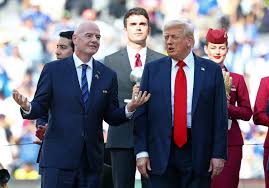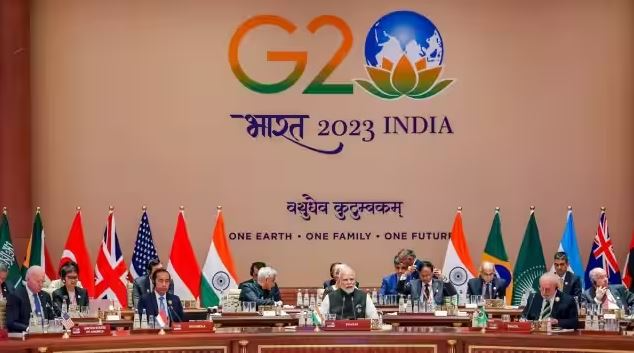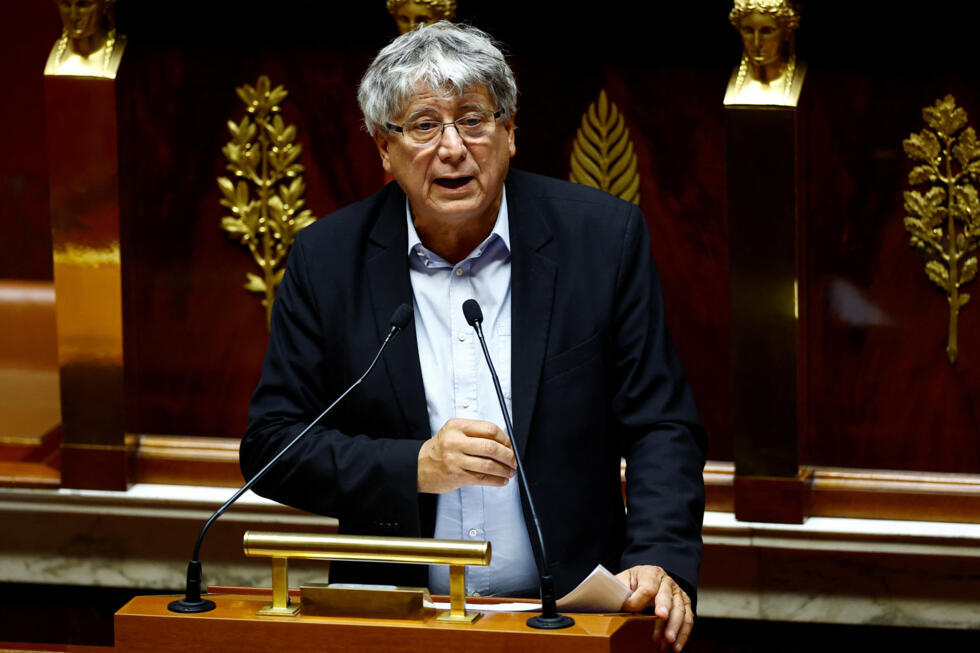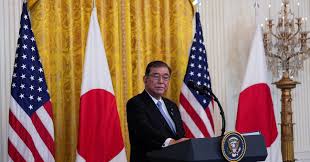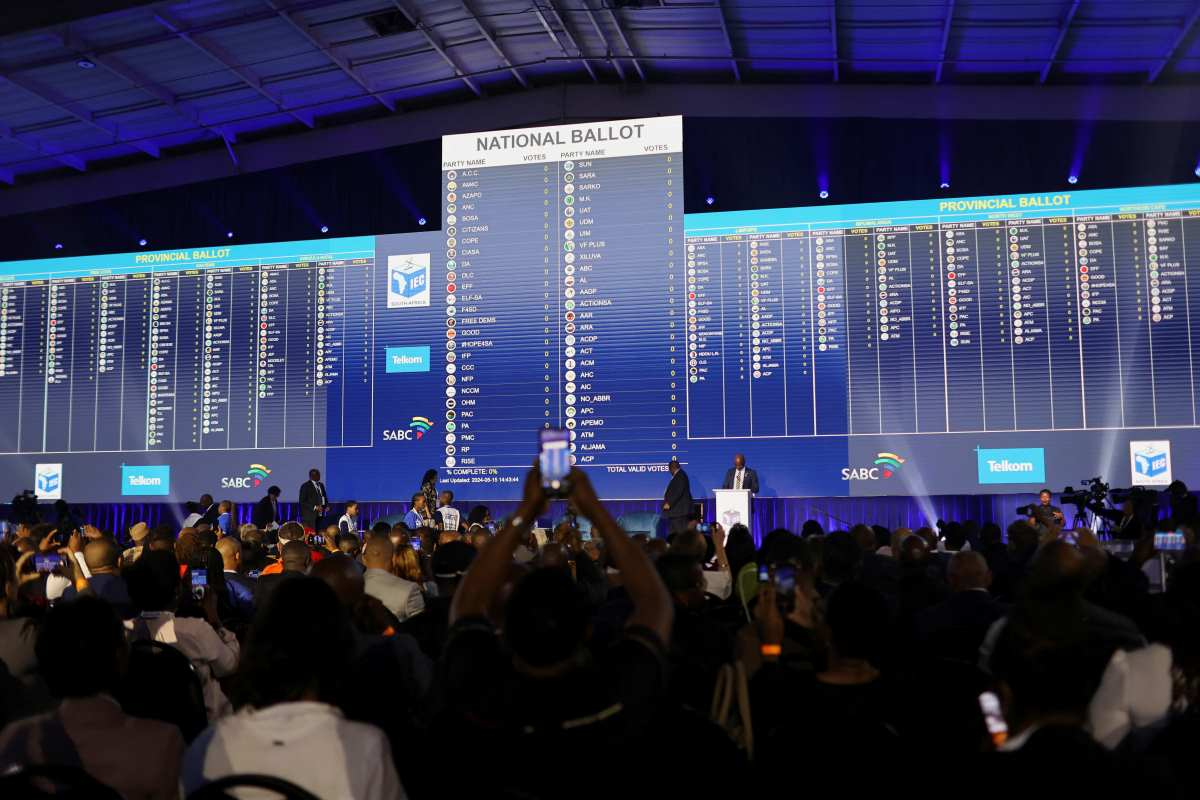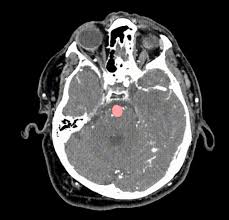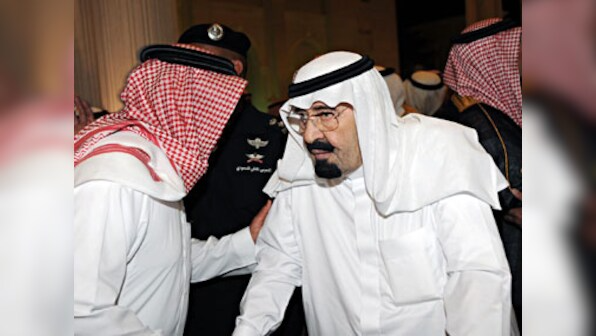
Saudi Arabia Reshuffles Cabinet Amid Reform Push A Calculated Step in Vision 2030's Acceleration
In a move that has sent ripples across both domestic and international political circles, Saudi Arabia announced a major cabinet reshuffle this week, signaling Crown Prince Mohammed bin Salman's renewed commitment to fast tracking the Kingdom's Vision 2030 reforms. The restructuring, which touches key ministries and reassigns influential figures, reflects a blend of political pragmatism and strategic ambition. At a time when global economies are undergoing transformation and regional dynamics are increasingly complex, Riyadh’s decision reveals its intention to maintain both internal cohesion and external competitiveness.
Among the most high profile changes is the appointment of younger, technocratic figures to portfolios that are critical to the economic and social overhaul promised under Vision 2030. Analysts suggest that this shift away from traditional royal appointees toward technocrats indicates the Crown Prince’s desire for more performance driven governance. Several ministries particularly those overseeing energy, education, investment, and labor have seen leadership changes, with officials now tasked with delivering on aggressive targets related to diversification, privatization, and digital transformation.
This reshuffle did not occur in a vacuum. Over the past two years, Saudi Arabia has faced both praise and criticism for its ambitious reform agenda. While the country has opened up entertainment sectors, expanded tourism, and implemented various fiscal reforms, it still faces deep rooted challenges such as youth unemployment, economic over reliance on oil, and regional instability. The new cabinet, as structured, appears to be a tactical response to these hurdles. With rising geopolitical tensions in the Middle East, a volatile oil market, and shifting alliances globally, the leadership is clearly prioritizing adaptability and execution over ceremonial tradition.
One of the central features of the reshuffle is the reorganization of economic leadership. The Ministry of Investment and the Ministry of Economy and Planning are now being closely aligned with the Public Investment Fund (PIF), Saudi Arabia’s sovereign wealth vehicle, which is expected to drive much of the country’s non oil growth. By bringing these institutions into tighter coordination, the government aims to streamline project approvals, remove bureaucratic friction, and attract foreign capital with a clearer strategic direction. This aligns with the Kingdom’s vision of becoming a global hub for logistics, entertainment, and green energy.
There has also been significant focus on human capital development, a pillar of Vision 2030 that has often lagged behind infrastructure focused initiatives. In the latest shake up, a new Minister of Labor and Social Development has been appointed, with an explicit mandate to improve labor market flexibility, boost female workforce participation, and prepare Saudi youth for a rapidly evolving global economy. Education too has seen a change in leadership, with reforms expected to accelerate the inclusion of STEM education, entrepreneurship, and critical thinking into the national curriculum. These steps signal an acknowledgment that sustainable growth will require more than just construction projects and investment zones it demands a societal shift in mindset and skills.
However, the cabinet reshuffle also carries a subtle political undertone. By appointing allies loyal to the Crown Prince in critical ministries while reducing the influence of older, more conservative factions within the royal family, the move is widely interpreted as a further consolidation of power. This centralization may prove beneficial for policy implementation in the short term, but it also raises concerns about institutional independence and long term checks and balances. For the Crown Prince, who is already the most dominant political figure in modern Saudi history, this reshuffle could either enable decisive governance or risk political isolation if future policies face resistance or fail to deliver results.
Public response within the Kingdom has been cautiously optimistic. Many Saudis, particularly in urban centers, see the reshuffle as a necessary step to improve government accountability and operational efficiency. The previous cabinets were often criticized for sluggish responses to key challenges such as housing shortages, rising living costs, and unemployment. With new leadership, expectations are high that the government will deliver more tangible outcomes. However, there remains skepticism, particularly among more traditional segments of society, about the pace and scope of reform. As one Riyadh based academic noted, “People want change, but they also want stability. It’s a delicate balance.”
Internationally, the reshuffle is being viewed through a dual lens. On one hand, foreign investors and global partners see the move as a reaffirmation of Saudi Arabia’s modernization agenda, potentially boosting confidence in long term projects and economic cooperation. On the other hand, human rights observers and political analysts remain cautious. The restructuring of ministries and realignment of power raises questions about transparency, civil liberties, and political openness in the Kingdom. While Vision 2030 paints a picture of a modern, forward looking Saudi Arabia, the path to realizing that vision will be closely scrutinized for signs of both progress and regression.
In conclusion, Saudi Arabia’s latest cabinet reshuffle is more than a routine political maneuver it’s a clear message that the Kingdom is doubling down on its ambition to redefine its socio economic identity. With Crown Prince Mohammed bin Salman at the helm, the emphasis is shifting toward technocratic efficiency, private sector growth, and global competitiveness. Yet the success of this realignment will depend on more than bold appointments; it will hinge on execution, public buy in, and the government’s ability to balance reform with cultural cohesion and political legitimacy. As the world watches the next phase of Vision 2030 unfold, the reshuffle marks both an inflection point and a high stakes gamble for the future of Saudi Arabia
Related Post
Popular News
Subscribe To Our Newsletter
No spam, notifications only about new products, updates.

